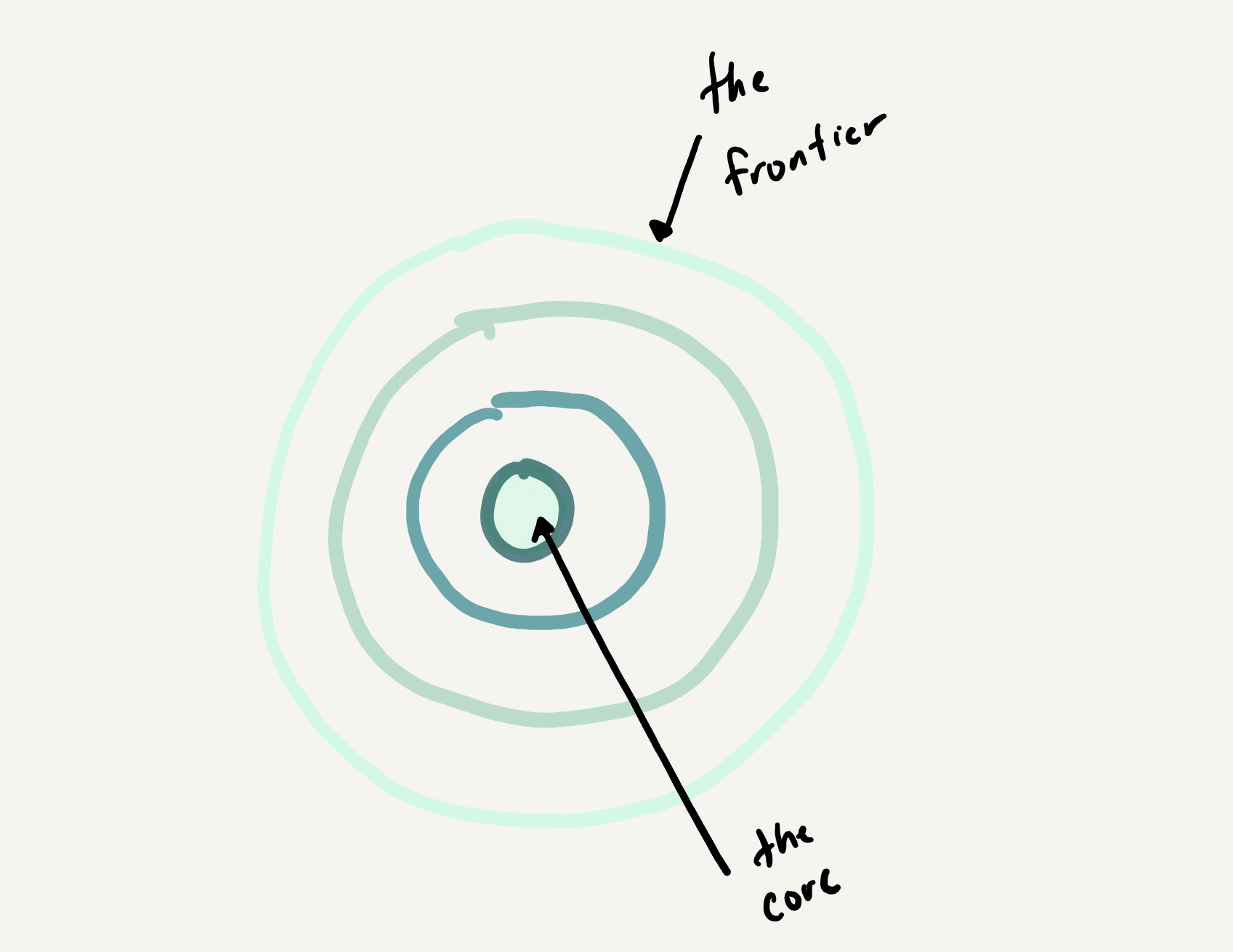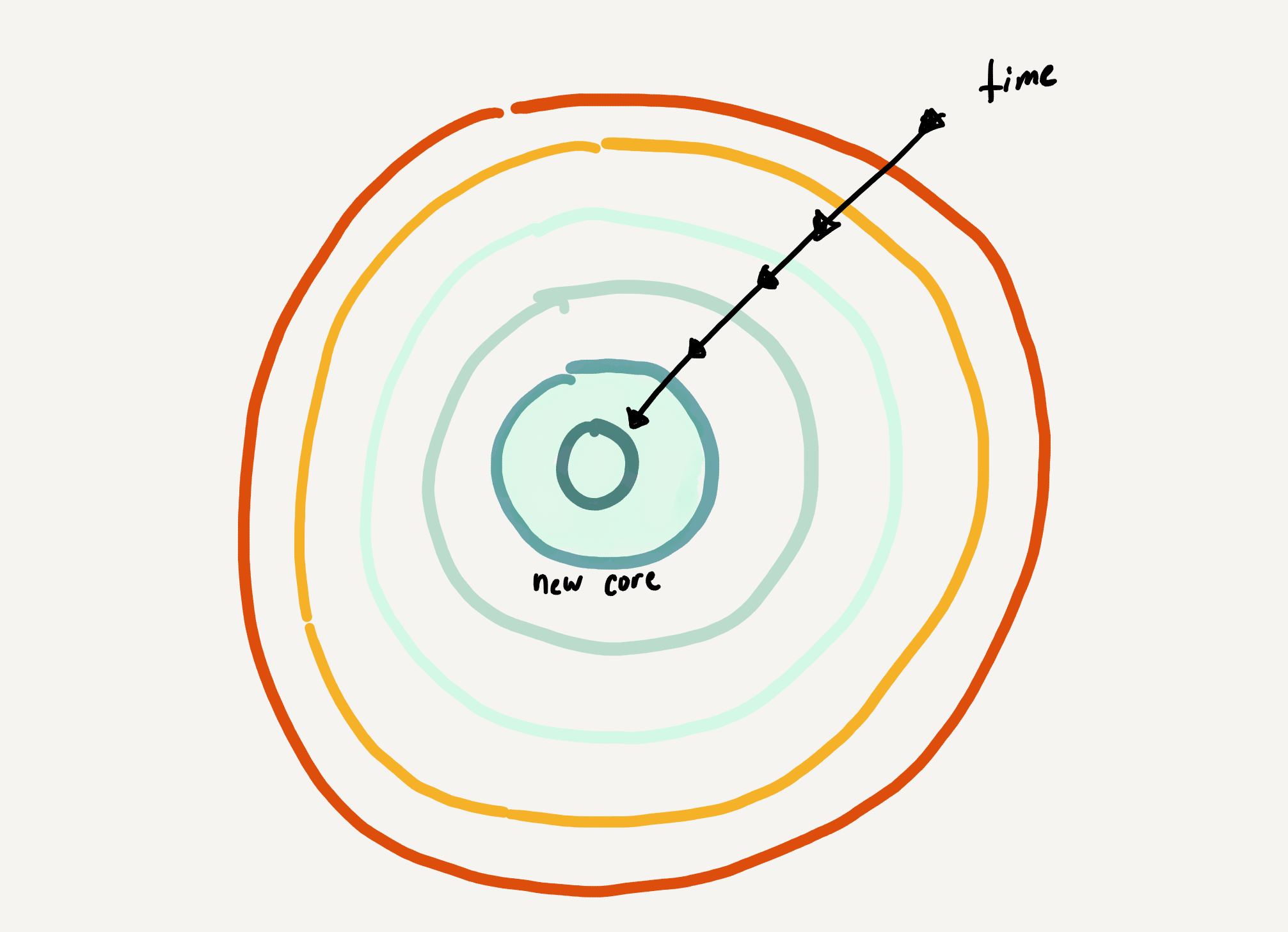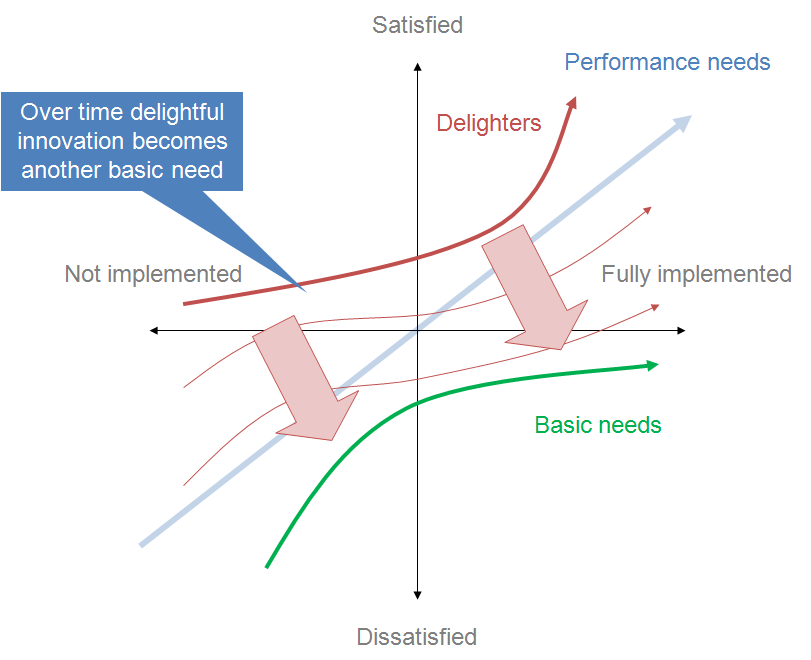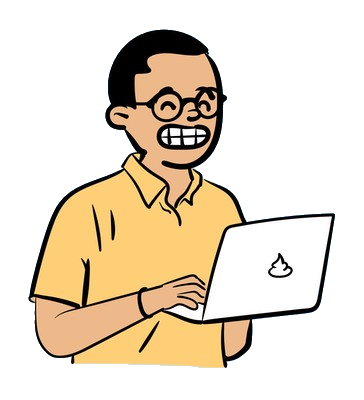When entering a new field these days, there is often an overwhelming amount to learn. If you’re like me, you might think there is more than ever to learn. Is that the case?
Take a field like Web Design or SEO. Ten years ago, simply using a flexible grid on the web was considered innovative and wasn’t expected of most designers. SEO experts were more focused on keyword stuffing and doing things for SEO, as opposed to in service of the customer. Now, these practices are either expected as a foundation or completely disregarded.
What changed?
I don’t have an answer, but I have a few different perspectives on this.

If we represent a body of knowledge of any given subject or industry as a simple circle, there are likely shades within it. The core represents the foundation that everyone is expected to know, the mid/outer ring is where the majority of “advanced” knowledge is, and spaces along the border represents the frontier. I chose a circle for this because I think the cutting edge can move in any direction, not everyone in a field is marching towards the same end state.

Over time, the circle expands and the knowledge shape morphs. (excuse the incredibly crude illustrations). Outer rings slowly become more dense with information and expectations increase. What was once considered advanced or cutting because commonplace; a new knowledge equilibrium is created. This is how industries and disciplines mature, by making novel techniques standard fare among its practitioners.
Other Implications
There are a few other interesting implications of this perspective: understanding consumer expectations and identifying competitive frontiers.
Consumer Expectations

There is a model in product development called the Kano model that splits feature into 5 categories. I don’t want to go into it, so I’ll link to the Wikipedia article. What’s interesting is the dynamism illustrated—although often omitted in recreations of the diagram—and how innovations quickly become expected features for customers. Part of this is driven by technology, but I think usage drives expectation. The more we use something, the more we expect it to continue to be that way. This is why we see design or product trends infiltrating more business/enterprise products: customer expectations are set by experiences they encounter in their personal lives. And as consumers, we aren’t differentiating between why certain industries might be worse.
Competitive Frontiers
Seeing as most of business is driven by customer expectations, it’s no surprise that this model has implications on how businesses choose to compete. Business offerings and competitive factors can likely be plotted in similar ways to the Kano model: what aspects of your business do you believe to be differentiators that are actually just expectations?
If your business is not finding new frontiers to compete on, finding new ways to improve your offering, you may find yourself soon not even meeting a potential customer’s criteria. This dynamic competitive environment is not new, but the internet has sure sped it up.
